Let’s dive into the embryonic stage of photography. Do you want to know the history timeline of the development of photography? The history of photography is an amazing journey. You will be astonished to know that the concept of photography was conceived 2,500 years ago. Let’s go through the timeline of photography development.
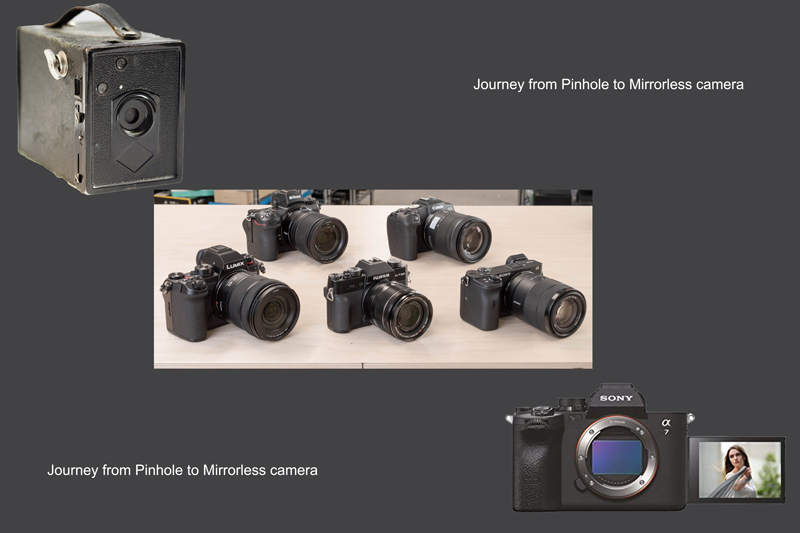
4th century B.C. – The research proved that the Chinese and Greek philosophers formed the fundamentals of optics.
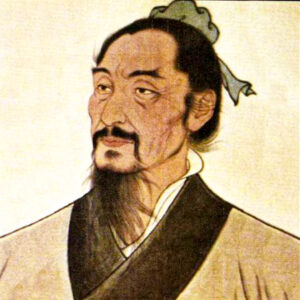
5th century B.C. – Chinese philosopher Mozi and others include the concept of the pinhole camera. They observed and documented an object’s bottom-up image could be replicated on the opposite wall using the pinhole camera.

1021 A.D. – Camera obscura was invented by the Iraqi scientist Alhazen and documented in his optics book.

13th century A.D. – Diaphragm was invented by Daniele Barbaro. It was one of the important components of the camera where a series of overlapping blades which was linked with the aperture of the camera. It helped to allow and disallow the amount of light to enter the camera. To date, these blades are available in SLR, and DSLR and are named Iris.
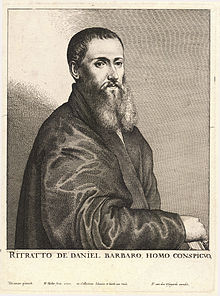
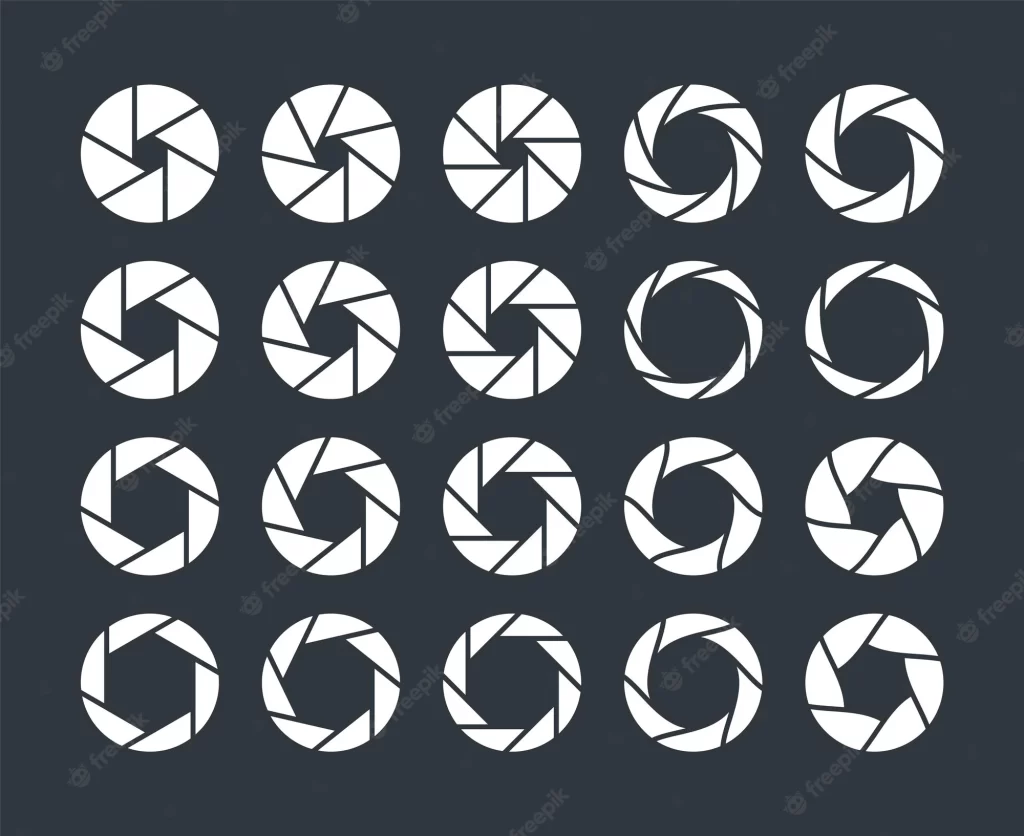
16th century A.D. – Georg Fabricius invented silver chloride which later on helped to store an image on the photographic plate.
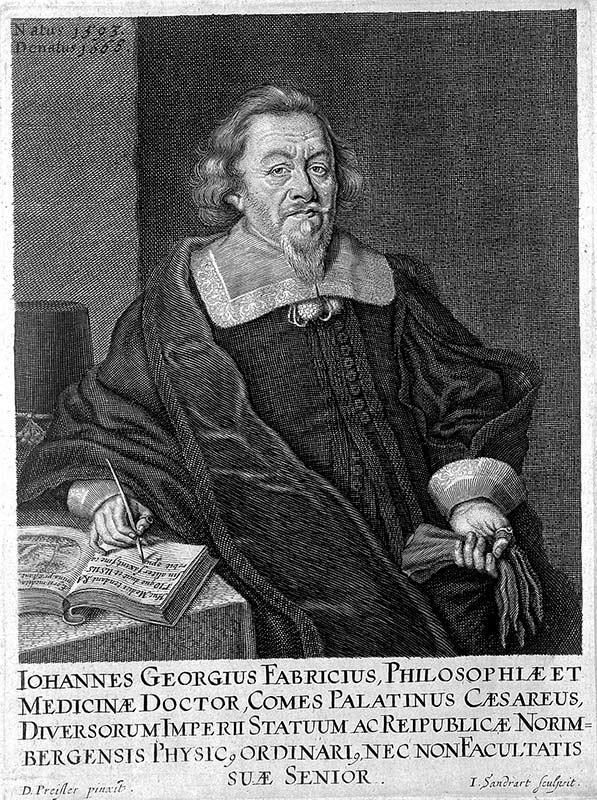
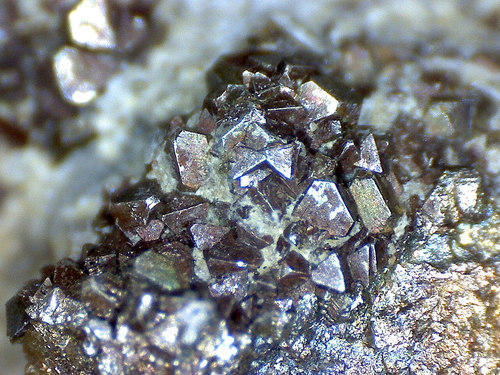
1717 A.D. – Johann Heinrich Schulze invented silver nitrate which was darkened upon exposure to light.
1816 – 1826 A.D. – Joseph Nicephore Niepce was a French scientist and proclaimed inventor of photography. In 1816, he used a wooden small camera affixed with a microscopic lens. The photographs were dark when the camera image was lightest and vice versa. In 1826, he did another successful experiment and named it heliography or sun drawing. He used bitumen-coated pewter to create a permanent photograph of the image.
The print is made from a photoengraved printing plate. The world’s first photograph – view from the window at Le Gras, France. Full sunlight and long-time exposure were required to record the image on the plate. It was documented as 8-9 hours of sunlight. Later researcher with the same materials based on Niepce’s note, found it took several days to exposure.
1827 – 29 A.D. – Niepce joined with Louis Daguerre used a coating of bitumen. The bitumen was hardened where light hits and the dark areas of bitumen were washed out through a solvent. But, still, it needed a long exposure. Louis Daguerre used the light-sensitive properties of silver salts. It was formerly demonstrated by Johann Heinrich Schultz and others. He used a thin silver-plated copper sheet and exposed it to the vapour given off by iodine crystals. It gave a layer of light-sensitive silver iodide on the surface. This process was called Daguerreotype.

To shorten the exposure time, he found latent images. It was chemically developed into a visible image exposed to mercury vapour at 750 degree. Image, as fixed by washing the plate with sodium thiosulfate, and the time was reduced more. On 19th August 1839, French Government gave rights to Daguerreotype “free to the world” together with complete working instructions.
The image was one of the world’s first self-portrait. The back of the daguerreotype reads “The first light picture ever taken.”
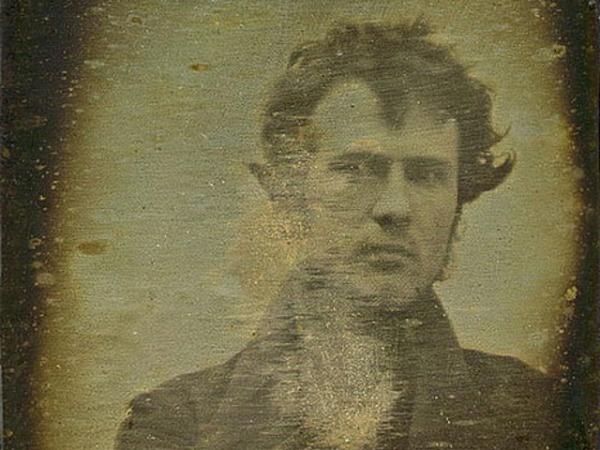
1837 A.D. – Gaspard Felix Tournachon took the first aerial photograph of a place De L’ Etoile, Paris at an altitude of 520 meters riding on a hot balloon.
1861 A.D. – The first color photograph of a tartan ribbon was taken by Scottish physicist James Clerk Maxwell. He took the same object using red, blue, and yellow filters and combine them to turn a color image.
1871 A.D. – For light sensitive solution, Dr. Richard Maddox used gelatin instead of glass as a plate material. It led to dry plate photography.
1888 A.D. – George Eastman introduced the celluloid-based film in a small box camera. It was named Kodak. N01 box camera was the first easy-to-use Kodak camera for general people.
1889 A.D. – The first commercially available transparent celluloid roll film was introduced.
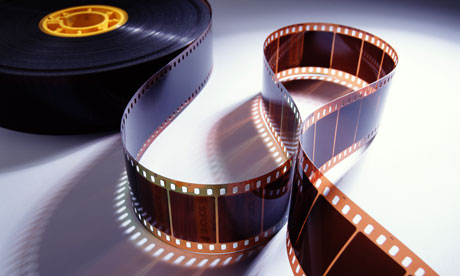
1900 A.D. – Kodal sells “Brownie” – an inexpensive cardboard box camera. It had an initial price of $1.
1907 A.D. – First color photography plate was introduced by the Lumiere brothers in France.
1923 A.D. – When natural light is not enough, we need artificial light for proper exposure. Harold Edgerton invented the Xenon flash lamp as an alternative light against natural light.
1942 A.D. – Kodacolor was the first color film marketed all over the world.

1948 A.D. – Polaroid camera was introduced. Polaroid model 95 was the first camera that produced an instant picture in hard copy. The photography chemicals and papers all were present and the photographer got a photograph within a minute. It was invented by Edwin H. Land.
1949 A.D. – The first 35mm SLR camera with pentaprism used as a Contax S camera. It was an eye-level viewfinder camera.
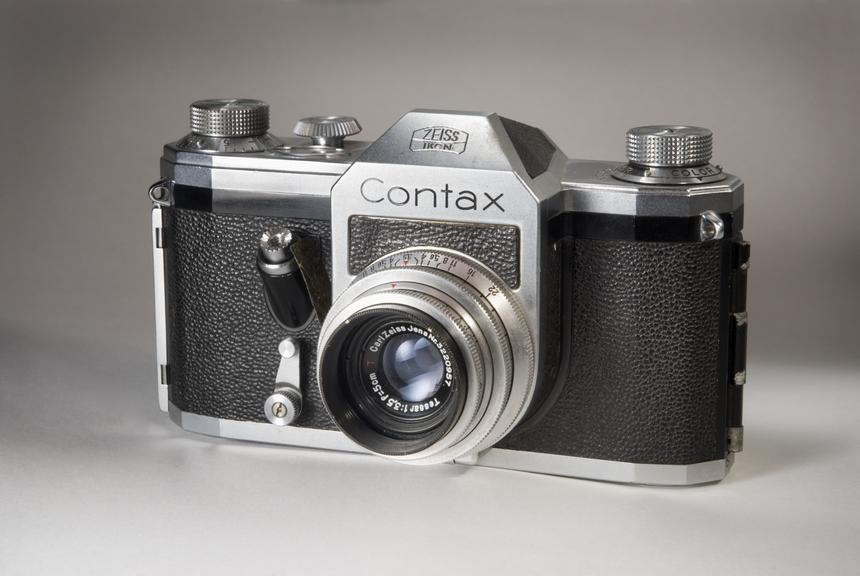
1952 A.D. – First Japanese 35mm camera named Asahi was manufactured.
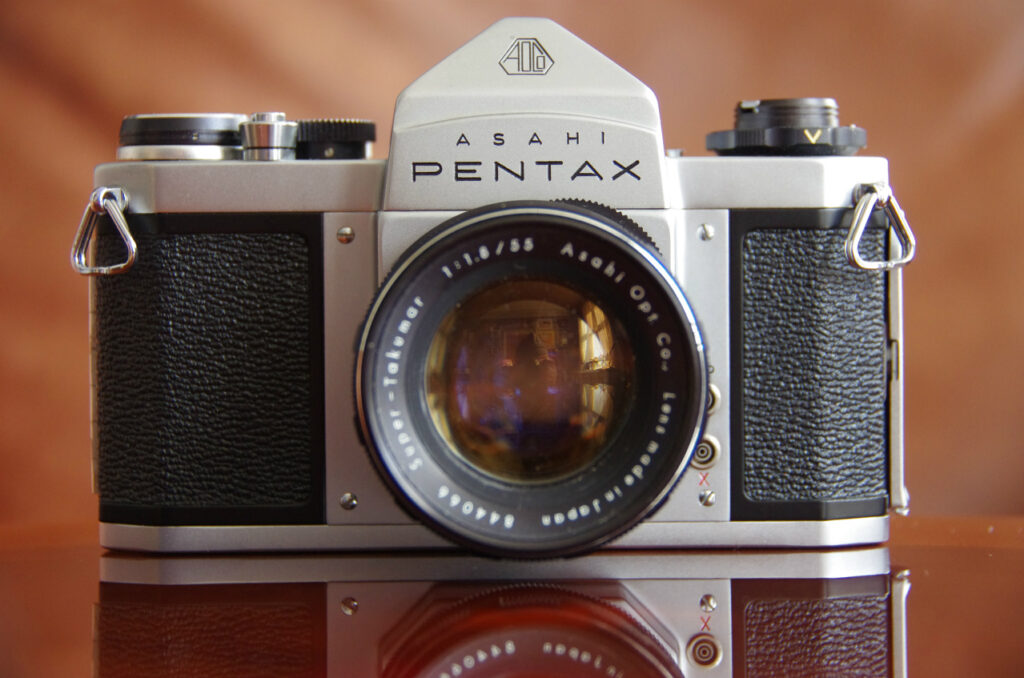
1957 A.D. – Russell Kirsch invented the first digital camera at the U.S. National Bureau Standards.
1963 A.D. – Kodak manufactured low-cost cameras for general people.
1973 A.D. – CCD chip for the digital camera was introduced. The main objective was to make a large image. In 1973, a large image means 100 x 100 pixels.

1975 A.D. – Steven Sasson, engineer of Eastman Kodak invented the digital camera which could record 0.01MP black and white photographs to a cassette tape. The first photograph took 23 seconds to create user could play back images and display them on a television set.

1986 A.D. – Kodak introduced the world’s first-megapixel sensor camera.
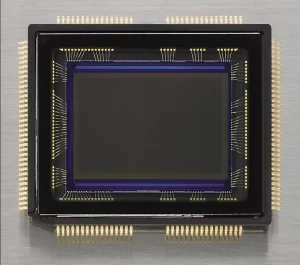
1987 A.D. – Photoshop was introduced to edit and manipulate digital images 1987 by John Knoll and Thomas Knoll. In 1988, they sold the software to Adobe Systems Incorporated. Photoshop was renamed Adobe Photoshop
1988 A.D. – Fuji introduced a removable static RAM with Toshiba. During that time it was not so much popular.

1993 A.D. – VGA resolution digital camera with volatile memory required battery power to prevent file loss. This was the first camera to store images based on solid-state flash memory. At present, this particular method maintains to store images.
1994 A.D. – First-time single sensor-based consumer camera for color images, QuickTake, designed by Kodak. QuickTake was introduced first time by Apple inc.
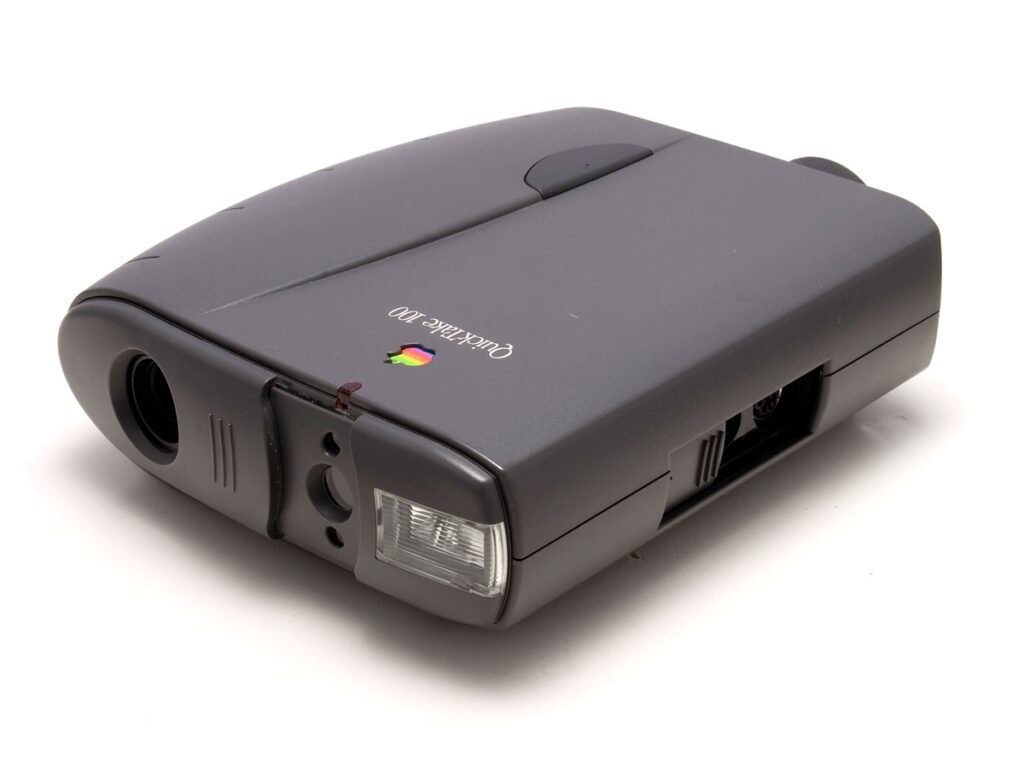
In the same year, the Olympus Deltis VC-1100 model was introduced which was equipped with Wi-Fi cameras and able to transmit data to mobile phones.

1999 A.D. – The Kyocera corporation introduced VP-210 a single 110,000-pixel front-facing camera to send two photos per second via Japan’s PHS mobile phone network system.

2000 – 2006 A.D. – Introduced card camera, 6MP, 10MP, 15MP D-SLR camera with a low price for general users. Mirrorless camera was first introduced by Epson R-D1.
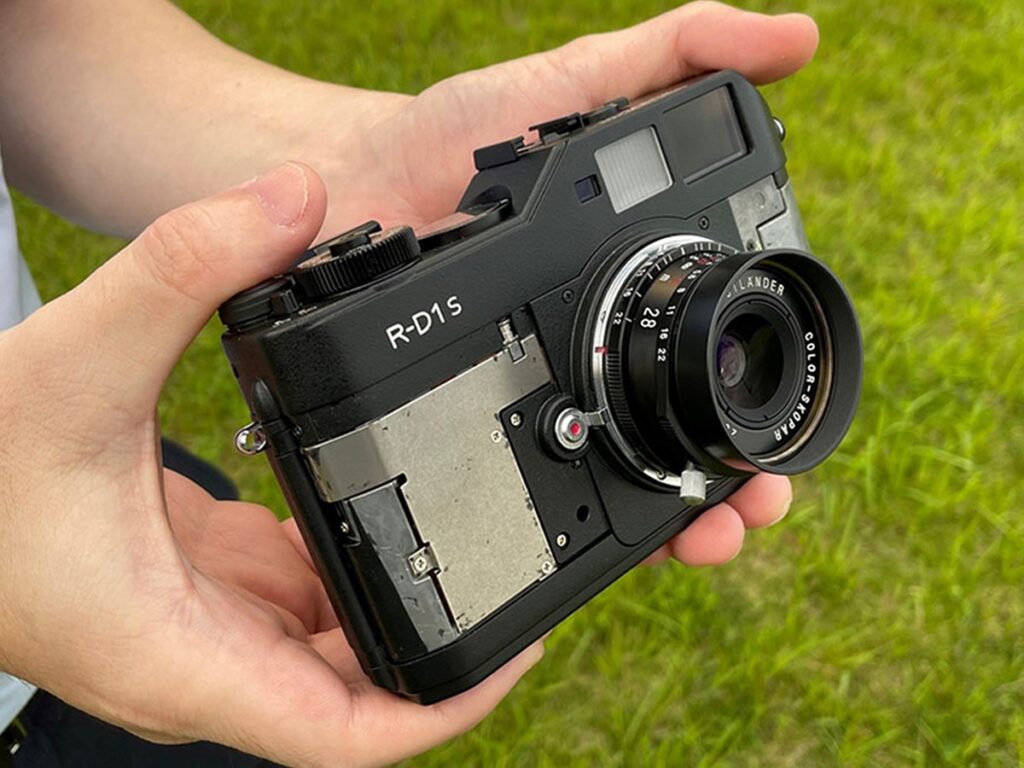
2007 A.D. – The GoPro Digital Hero 3 was introduced in the market and offers rugged cameras with cases that can go anywhere. Apple introduced the iPhone with enhanced camera specifications.
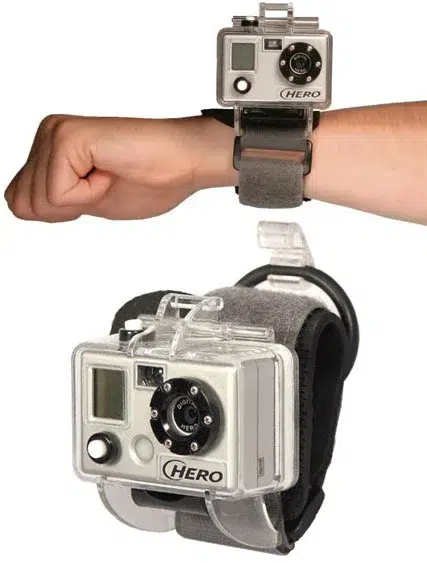
Most importantly, the existing products like a smartphone, mirrorless cameras, components of cameras, and so on are in the R&D lab for more enhanced and accurate presentation with a perfect focus based on AI, machine learning procedures, and neural networks.
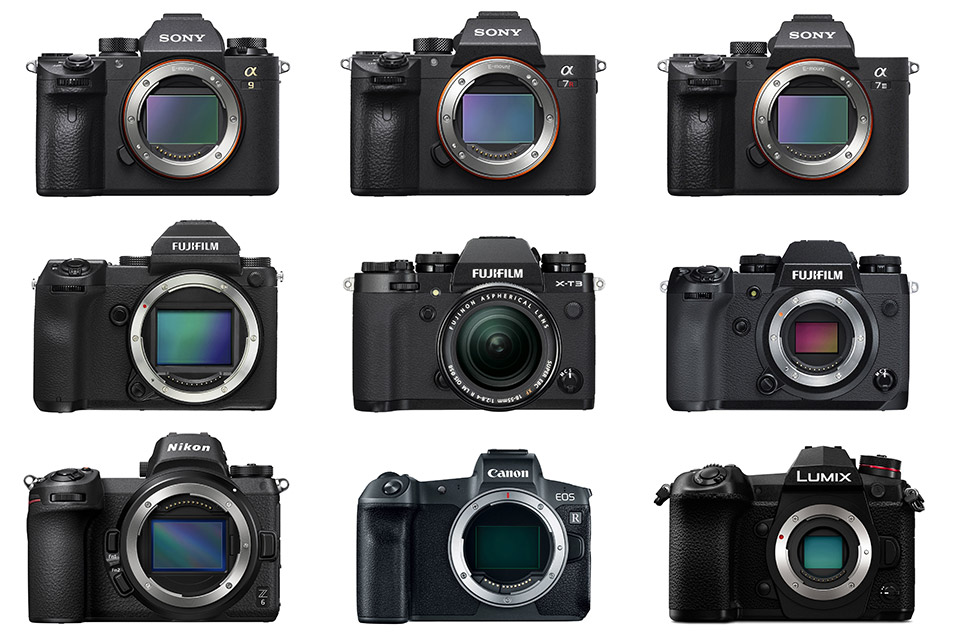
First photography in various environment
Source: Internet

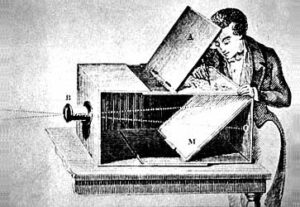

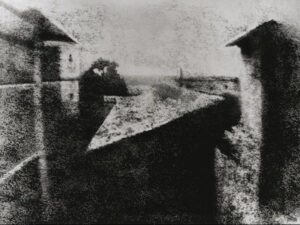
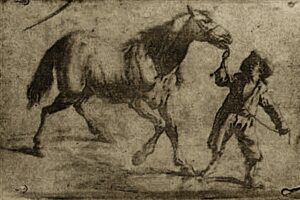
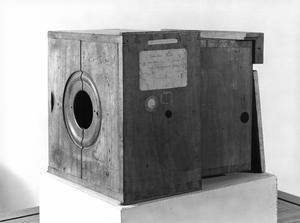
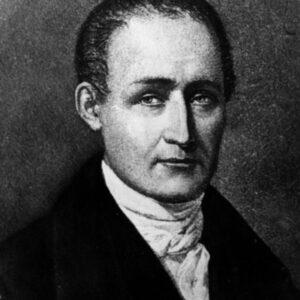


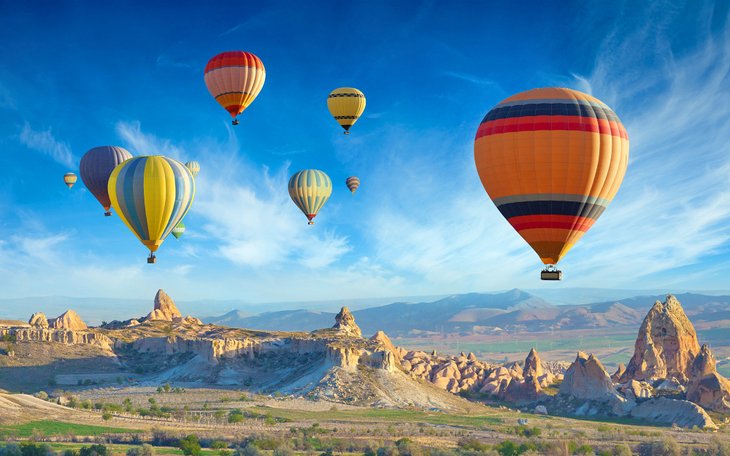
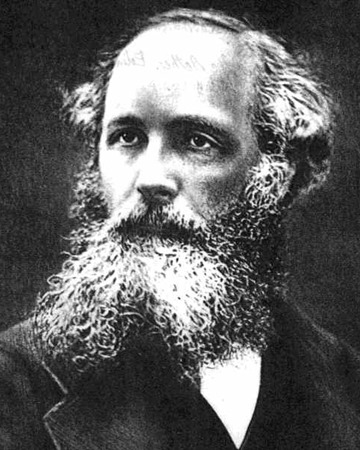
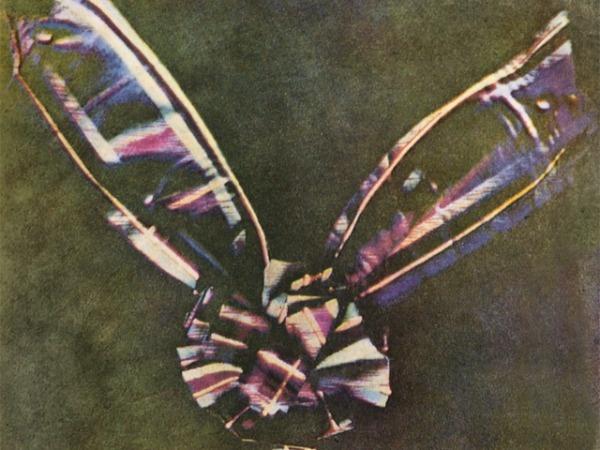
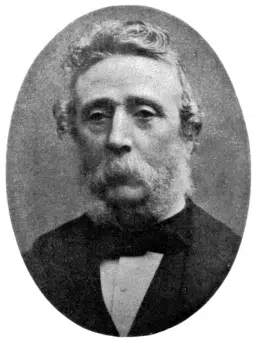

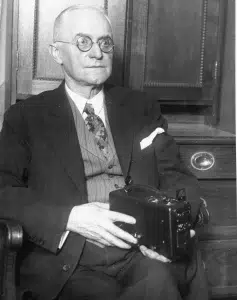

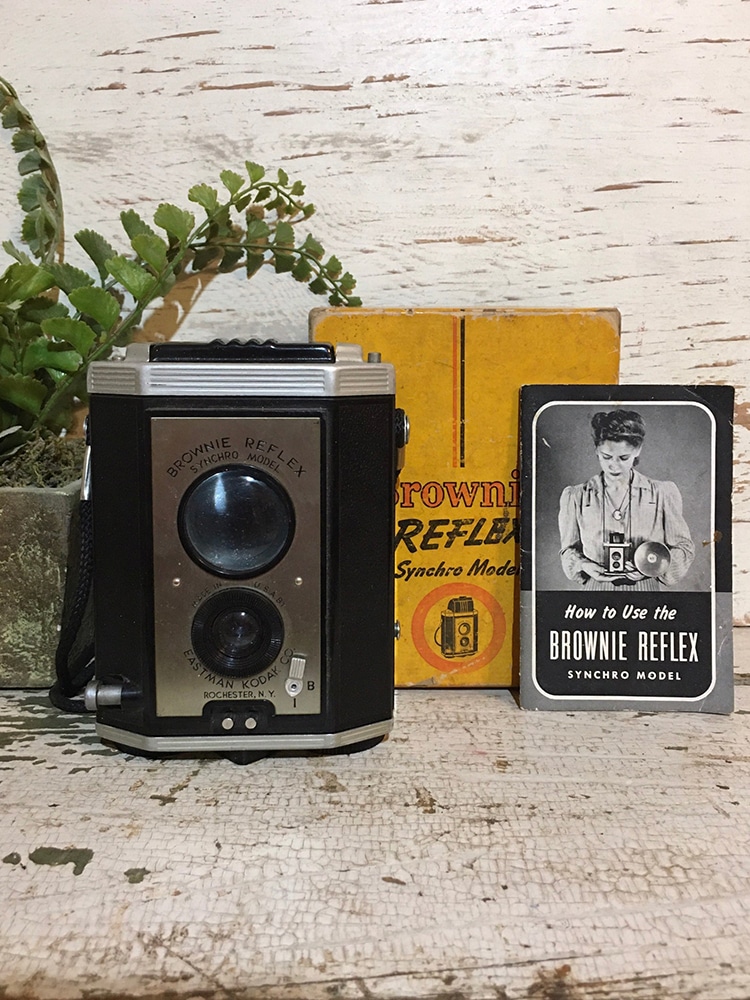
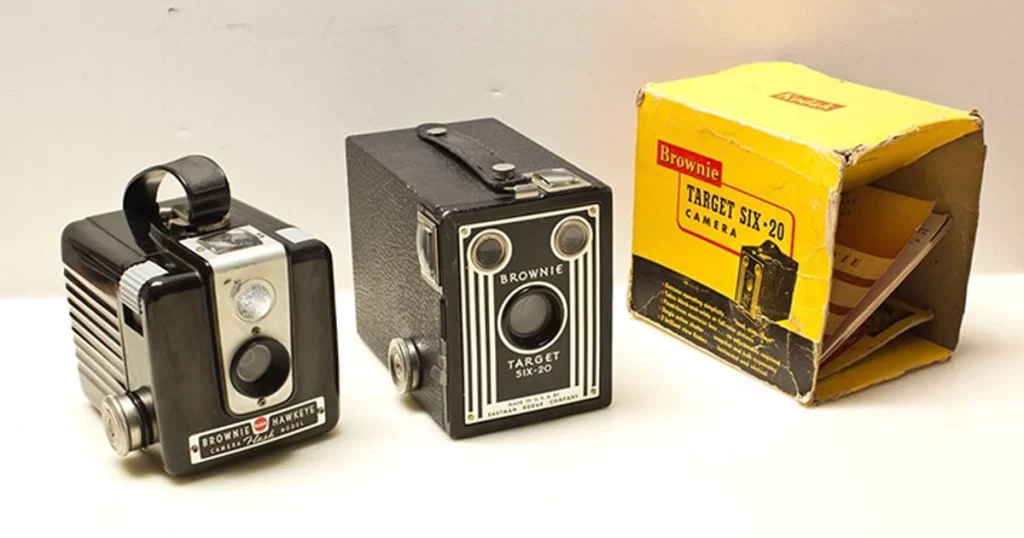


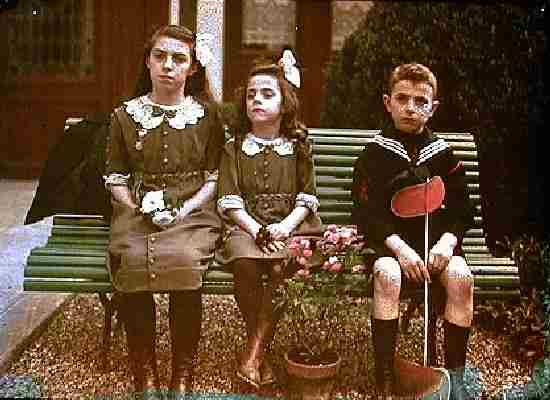
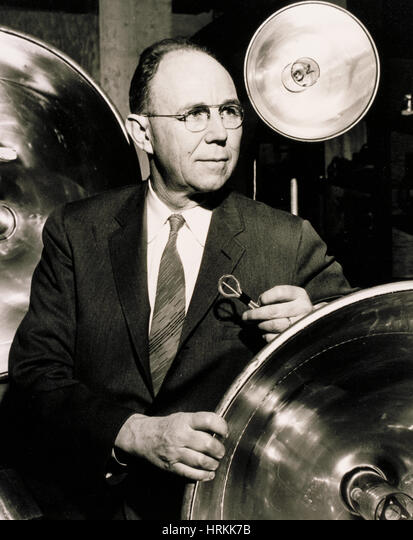
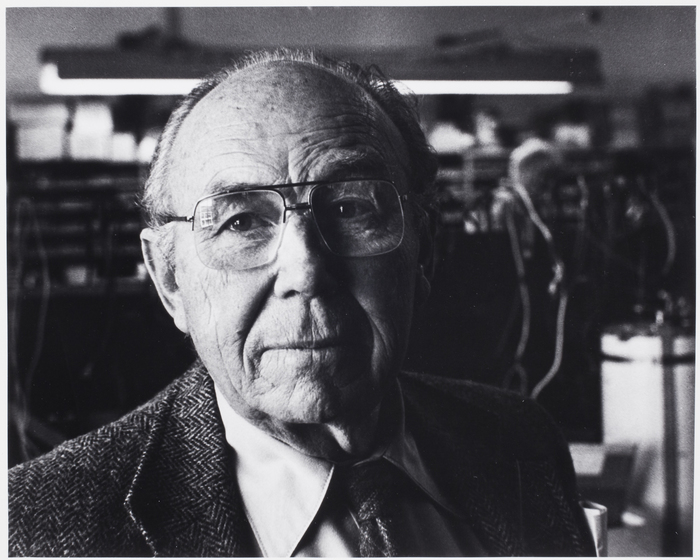


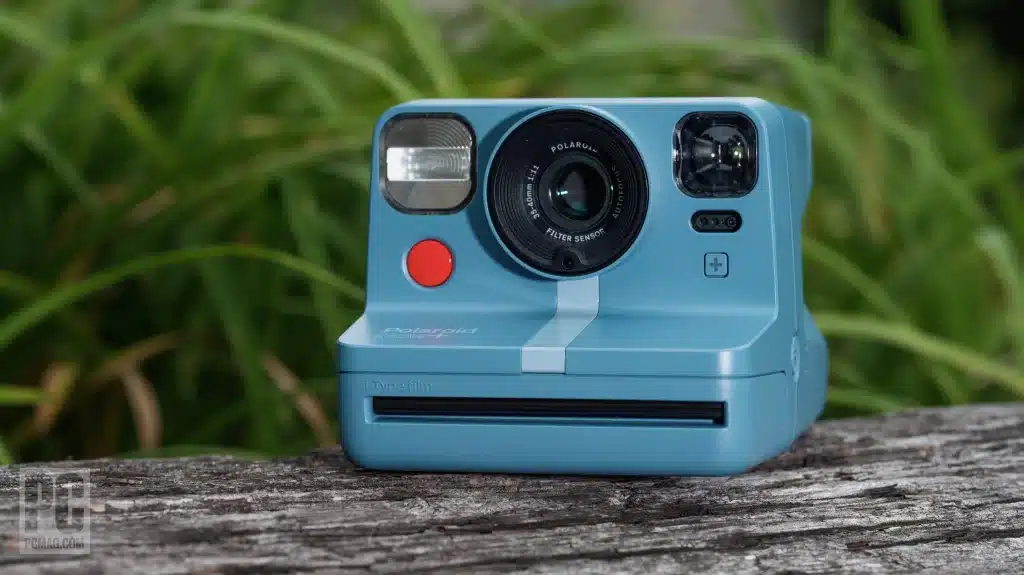
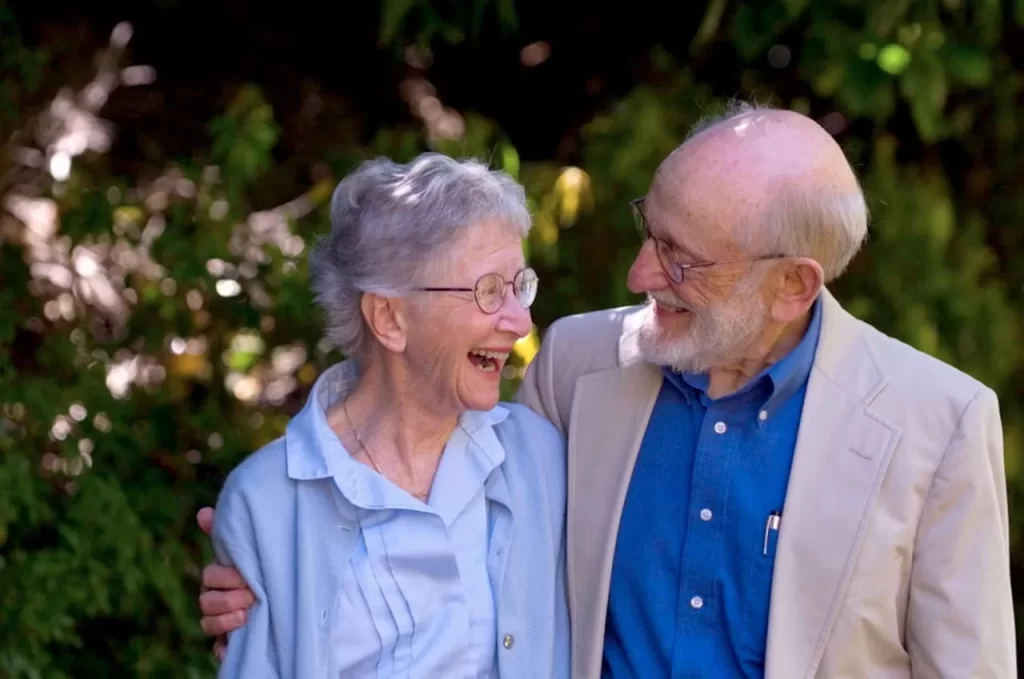
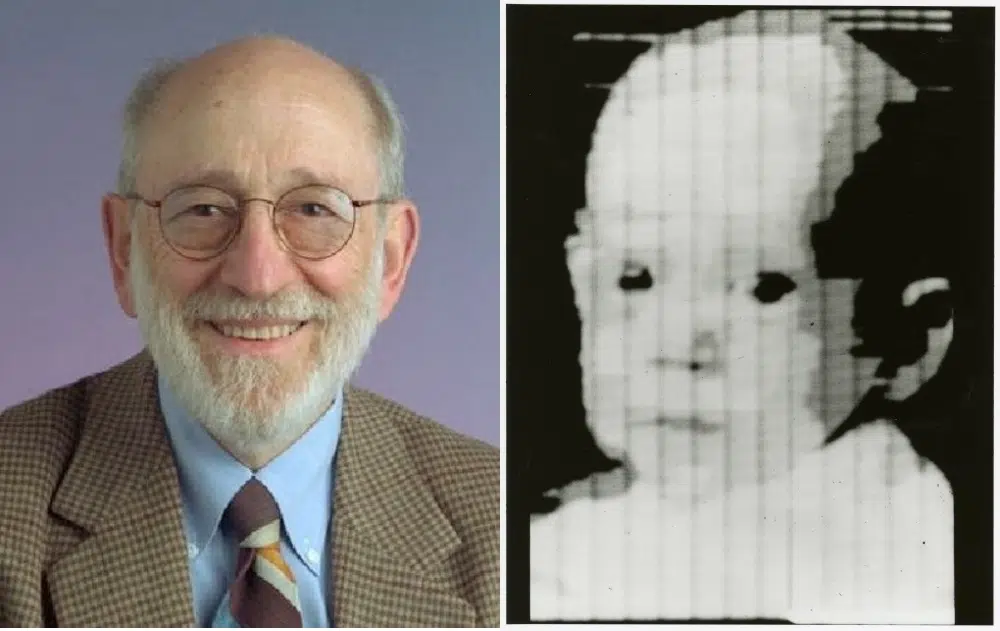
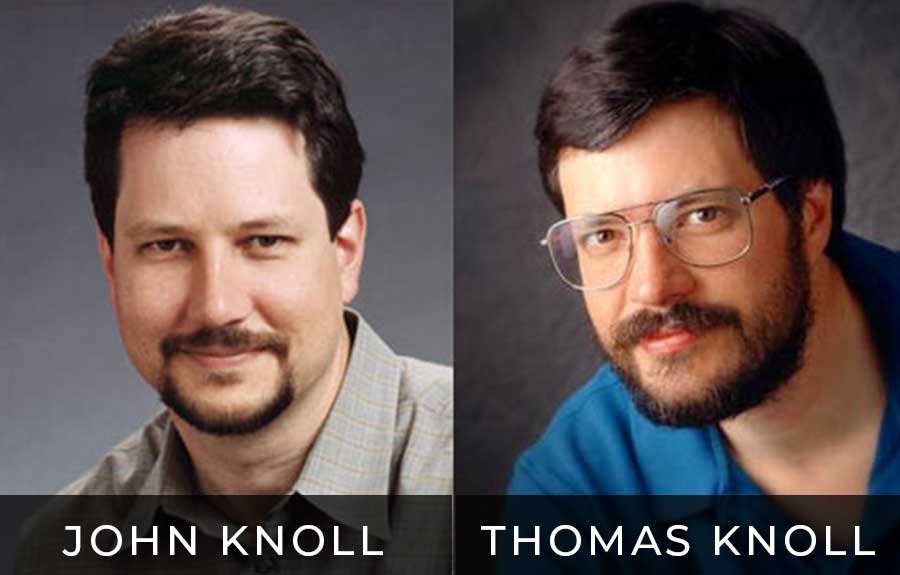



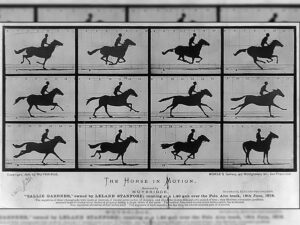




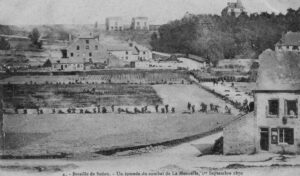
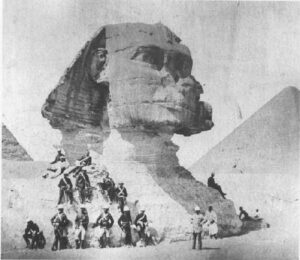
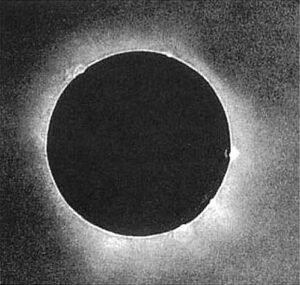
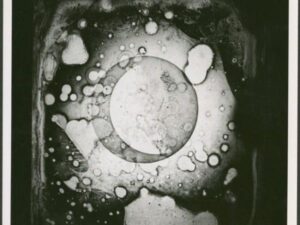
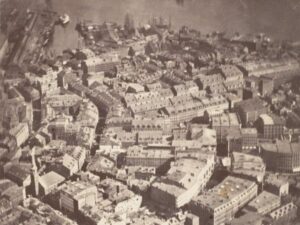


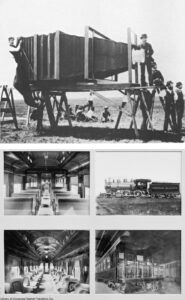
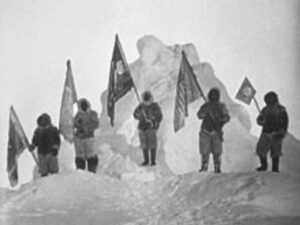
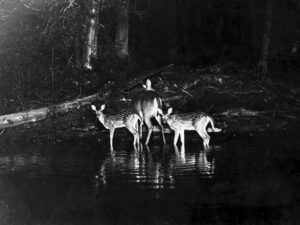
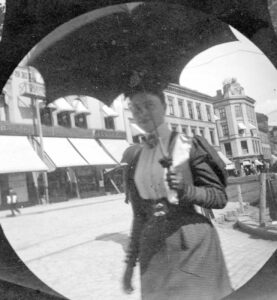

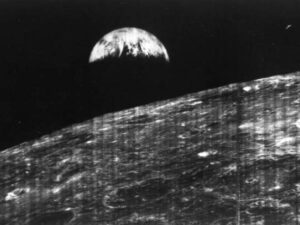
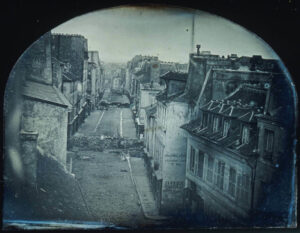
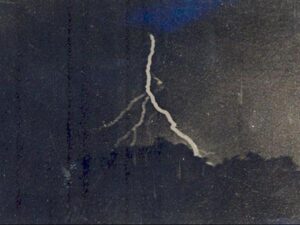
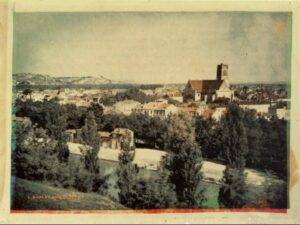
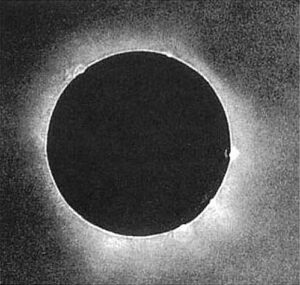
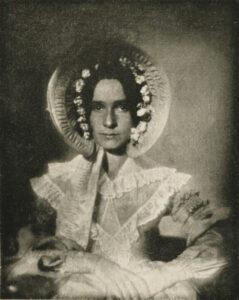
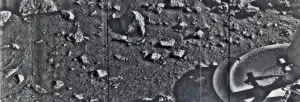
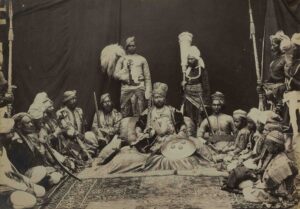
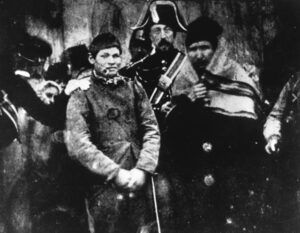
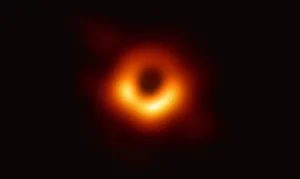




It was a lovely journey. Thanks.
Lot to learn from this tutorial
Asset
An asset indeed
Awesome
excellent
sundor hoyeche baba.
Lovely work.